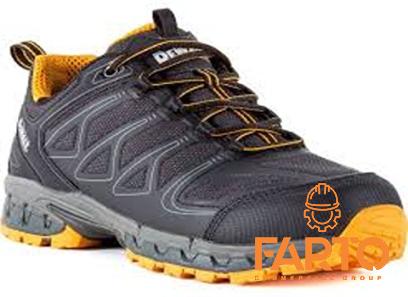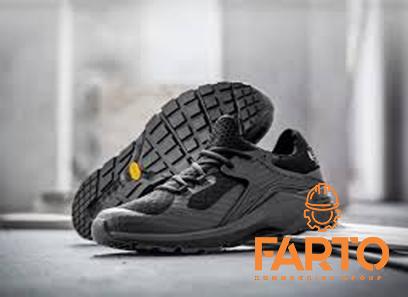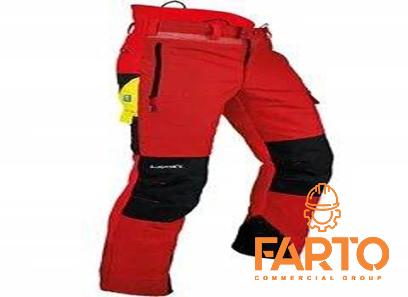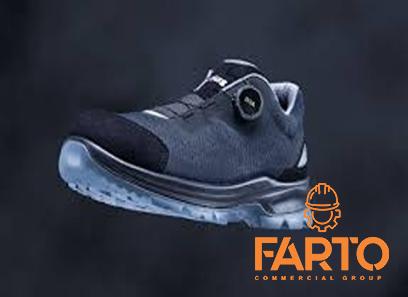Work Clothes and Safety Work clothes play a vital role in ensuring the safety and well-being of employees in various industries. The primary purpose of work clothes is to protect workers from potential hazards, minimize accidents, and promote a safe working environment. This article explores the importance of work clothes in maintaining safety standards, the different types of protective clothing available, and the factors to consider when selecting appropriate attire for specific job roles. In any workplace, safety should be a top priority, and this starts with providing employees with suitable work clothes. Protective workwear encompasses a wide range of clothing items such as uniforms, coveralls, high-visibility garments, gloves, helmets, safety shoes, and more. Different industries have unique requirements, depending on the nature of their work, potential risks involved, and regulations governing their sector. For instance, construction workers need rugged and durable clothing to protect themselves from falling objects, while laboratory personnel must wear specialized attire to safeguard against chemical spills. One of the most common types of workwear is high-visibility garments. These bright, reflective clothes are typically worn by workers in construction, road maintenance, and other outdoor occupations. High-visibility clothing enhances visibility in low light conditions, reducing the risk of accidents and improving overall safety.
safety ware
 Such clothing often incorporates reflective strips, fluorescent patterns, and bright colors to make workers more visible to both their colleagues and external parties. In addition to protecting workers from physical hazards, protective clothing also guards against environmental elements. For example, outdoor workers exposed to extreme weather conditions require proper insulation, waterproofing, and ventilation within their clothing to prevent heat or cold-related illnesses. Similarly, employees dealing with hazardous substances must wear chemical-resistant suits, gloves, and masks to prevent exposure to harmful materials. Selecting appropriate workwear involves considering several factors, such as comfort, fit, functionality, and compliance with safety regulations. Comfortable work clothes play a significant role in ensuring productivity and reducing fatigue. Employers and regulatory bodies should prioritize providing employees with options that allow freedom of movement and adequate ventilation to enhance comfort and reduce the risk of heat stress. Proper fit is crucial as loose or ill-fitting work clothes can increase the likelihood of accidents.
Such clothing often incorporates reflective strips, fluorescent patterns, and bright colors to make workers more visible to both their colleagues and external parties. In addition to protecting workers from physical hazards, protective clothing also guards against environmental elements. For example, outdoor workers exposed to extreme weather conditions require proper insulation, waterproofing, and ventilation within their clothing to prevent heat or cold-related illnesses. Similarly, employees dealing with hazardous substances must wear chemical-resistant suits, gloves, and masks to prevent exposure to harmful materials. Selecting appropriate workwear involves considering several factors, such as comfort, fit, functionality, and compliance with safety regulations. Comfortable work clothes play a significant role in ensuring productivity and reducing fatigue. Employers and regulatory bodies should prioritize providing employees with options that allow freedom of movement and adequate ventilation to enhance comfort and reduce the risk of heat stress. Proper fit is crucial as loose or ill-fitting work clothes can increase the likelihood of accidents.
Specifications of safety ware
 Clothing that is too tight can restrict movement, impairing workers’ ability to carry out their tasks effectively. Therefore, sizing options should be available to accommodate diverse body types and ensure optimal fit. Functionality is another critical aspect to consider when selecting work clothes. The clothing should be designed to meet the specific needs of the job. For instance, garments used in welding or firefighting applications require flame-resistant materials to protect against potential burns. Moreover, work clothes should be equipped with ample storage options, such as pockets or loops, to hold tools and equipment, thus promoting efficiency and convenience. Compliance with safety regulations is essential to avoid legal ramifications and to maintain a safe working environment. Employers must be aware of industry-specific standards and guidelines and ensure that the provided work clothes adhere to these regulations.
Clothing that is too tight can restrict movement, impairing workers’ ability to carry out their tasks effectively. Therefore, sizing options should be available to accommodate diverse body types and ensure optimal fit. Functionality is another critical aspect to consider when selecting work clothes. The clothing should be designed to meet the specific needs of the job. For instance, garments used in welding or firefighting applications require flame-resistant materials to protect against potential burns. Moreover, work clothes should be equipped with ample storage options, such as pockets or loops, to hold tools and equipment, thus promoting efficiency and convenience. Compliance with safety regulations is essential to avoid legal ramifications and to maintain a safe working environment. Employers must be aware of industry-specific standards and guidelines and ensure that the provided work clothes adhere to these regulations.
buy safety ware
 Compliance may involve meeting requirements related to fire resistance, chemical protection, impact resistance, electrical conductivity, or other relevant safety measures. Furthermore, work clothes can serve as a means of identification and professionalism. Uniforms and company-branded attire create a sense of unity among employees and reinforce the image of the organization. Additionally, well-maintained and clean work clothes project professionalism and contribute to a positive perception of the company by clients and the public. Aside from the protective aspects, work clothes can also have a psychological impact on employees. Wearing specialized attire can enhance confidence and morale, leading to increased productivity and job satisfaction. By associating the work clothes with a sense of responsibility and importance, employees are more likely to adhere to safety protocols and take their roles seriously.
Compliance may involve meeting requirements related to fire resistance, chemical protection, impact resistance, electrical conductivity, or other relevant safety measures. Furthermore, work clothes can serve as a means of identification and professionalism. Uniforms and company-branded attire create a sense of unity among employees and reinforce the image of the organization. Additionally, well-maintained and clean work clothes project professionalism and contribute to a positive perception of the company by clients and the public. Aside from the protective aspects, work clothes can also have a psychological impact on employees. Wearing specialized attire can enhance confidence and morale, leading to increased productivity and job satisfaction. By associating the work clothes with a sense of responsibility and importance, employees are more likely to adhere to safety protocols and take their roles seriously.
safety ware + buy and sell
 Employers should invest in educating their workers about the importance of work clothes and safety measures. Training programs should include information on the correct use, maintenance, and inspection of workwear to ensure its effectiveness. Regular updates on safety regulations, advancements in protective clothing technologies, and proper care and replacement practices are crucial to keeping employees informed and engaged. In conclusion, work clothes are a vital component of maintaining safety in the workplace. They protect employees from a wide range of hazards, promote a safe working environment, and contribute to overall well-being. Selecting appropriate workwear involves considering comfort, fit, functionality, and compliance with safety regulations. By prioritizing the provision of suitable work clothes, employers can enhance safety standards, improve productivity, and ensure the well-being of their workforce.
Employers should invest in educating their workers about the importance of work clothes and safety measures. Training programs should include information on the correct use, maintenance, and inspection of workwear to ensure its effectiveness. Regular updates on safety regulations, advancements in protective clothing technologies, and proper care and replacement practices are crucial to keeping employees informed and engaged. In conclusion, work clothes are a vital component of maintaining safety in the workplace. They protect employees from a wide range of hazards, promote a safe working environment, and contribute to overall well-being. Selecting appropriate workwear involves considering comfort, fit, functionality, and compliance with safety regulations. By prioritizing the provision of suitable work clothes, employers can enhance safety standards, improve productivity, and ensure the well-being of their workforce.











Your comment submitted.